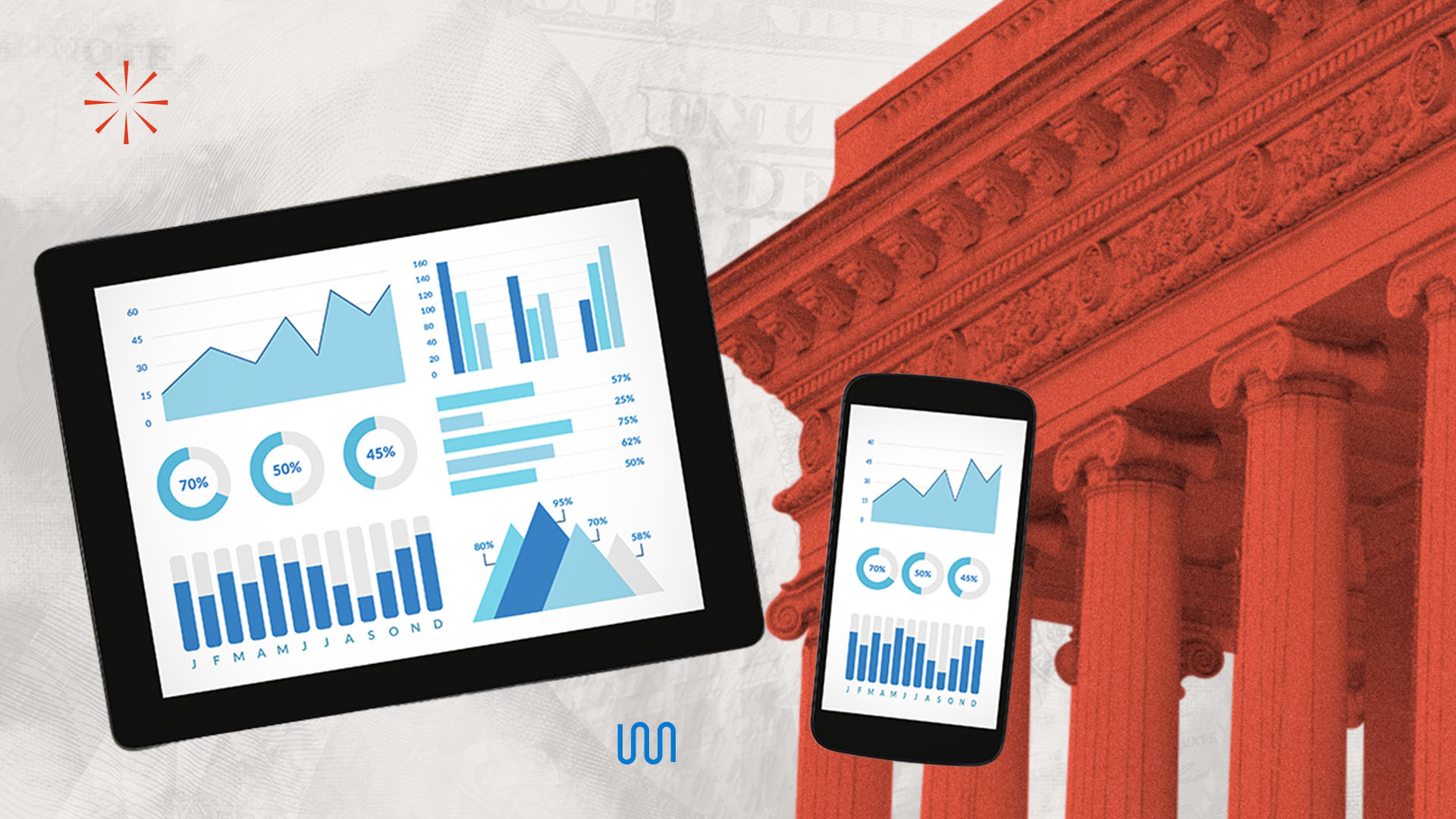
Banks are under more pressure to change than they’ve ever been. A culmination of years of increasing convenience, consumers have been trained to expect technology to make their lives easier. Now, they want to pull out their phones to do everything from splitting a dinner check to buying a new home.
Banks, mortgage lenders and the entire financial services industry face challenges in meeting customer expectations. While customers still expect high-quality service, from managing their accounts to getting help from a notary, they also want to be able to complete transactions on their terms. At the same time, banks must consider keeping up with cybersecurity threats and regulatory changes while lowering costs.
Financial services businesses need answers. The good news: secure and cost-effective solutions will make customers happy.
5 Emerging Digitization Trends for Banking and Financial Services
1. Embedded financing
Customers often don’t know they’re using a different vendor’s product; they simply use their bank’s website to apply for a loan or make a payment. That’s a win for customers, who don’t have to go through manual steps to add their bank details on a different website to complete their transaction.
Examples are all around us. From paying for a McMuffin to applying for a loan, companies have used embedded financing to make transactions smoother for customers. Users expect seamless, easy transactions completed on a single platform.
The market for embedded financing is exploding, with an Accenture report estimating embedded finance will handle $230 billion in revenue in 2025.
Embedded financing includes:
- Embedded lending: Customers can apply for loans through a website or mobile app.
- BNPL (Buy Now, Pay Later): At the point of purchase online, consumers can decide to take an interest-free loan from a retailer.
- Embedded insurance: This allows almost any industry to offer insurance at the point of sale.
- Travel insurance: Embedded offers to purchase protection for a trip are included at checkout.
- Extended coverage on products and services: This happens when Best Buy, for instance, offers to cover your electronics for another year or two.
- Embedded payments: This allows online businesses to seamlessly accept payments on their websites.
- Payment technology integrated within an app: Similar to embedded payments, this smoothes the transition to completing a sale in-app.
- Digital wallets: Examples include Apple Wallet and Google Pay, which offer one-touch payments on myriad websites and even for in-store purchases.
- Investments: Services like Acorns invest people’s spare change by rounding up purchases. Investing becomes seamless and touch-free for customers.
2. Advanced self-service technology
Self-service solutions are no stranger to the financial industry. Banks introduced consumers to one of the first self-service solutions: the ATM, which debuted in 1967.
A lot has changed since then. Almost all banks have given customers access to check their balances, transfer funds, and settle bills from the palms of their hands. Now they can sign and notarize documents from their phones, which is better for both banks and customers.
Some financial institutions also deploy AI chatbots to talk to customers through certain processes. Others help customers file for tax credits without the need to speak to anybody.
3. Cloud services for financial institutions
Cloud data storage has been the norm in other industries for years. Financial services institutions have been slower to adapt because they deal with regulations and requirements that the tech world has to be capable of meeting. Working in the cloud makes good business sense — it can reduce costs, provide convenience and increase security.
Cloud providers have built-in compliance checks to monitor accounts for suspicious activity. The data backup and recovery can often be done more quickly than on-premise storage.
Auditing, compliance scanning, reports, and security can all be processed in the cloud, saving manpower and money for financial institutions.
4. Big data in finance
Applying for a loan used to be a laborious, in-person process. Now customers can apply for a car loan from their phones during a commercial break. Machine learning algorithms can accurately predict how risky it would be to loan money to a certain person or company. Technology can help to decide whether somebody can get a mortgage based on their credit and loan history.
But this category is not just about customer relations. Big data is also used to discover unusual spending patterns or behaviors, leading to quick stops that protect banks and businesses from losses when fraud occurs.
5. Streamlined automation
Some financial institutions turn to robotic process automation to help improve their efficiency, reduce fraud, boost customer service, and improve compliance. It’s already a proven winner.
Banks handle enormous amounts of information, after all, and humans sometimes make errors tackling all that data. Transferring these often-tedious tasks from employees to solution-specific software allows for greater efficiency and higher security standards.
How Notarize helps financial institutions embrace digital trends
As banks look to keep up with customer demand for digital services, Notarize makes things easier by setting new security and user experience standards. Customers want to complete transactions online, and Notarize provides a seamless user experience for financial services institutions who want to provide their clients with a more convenient (and digital) way to notarize their documents.



